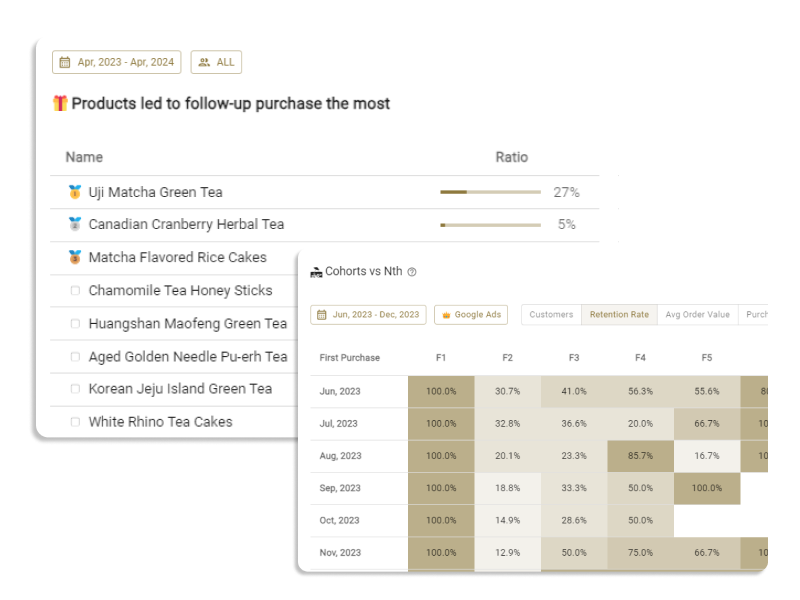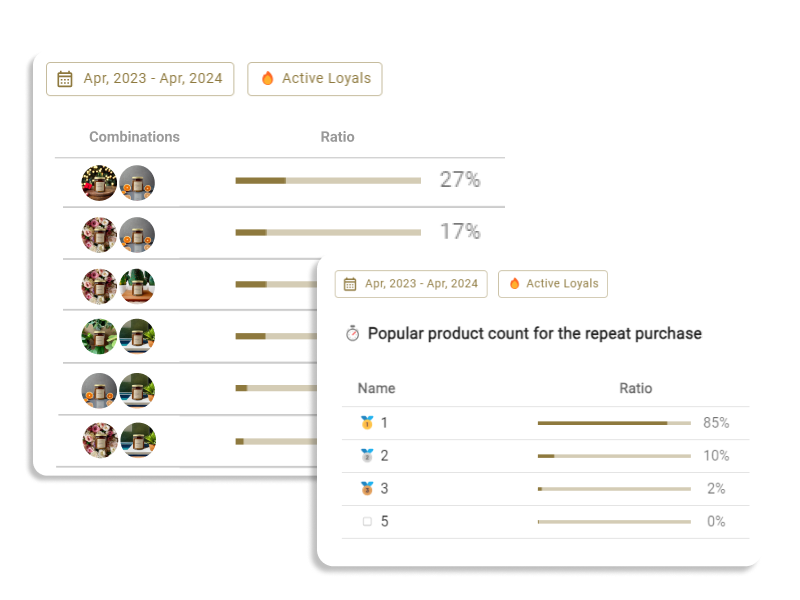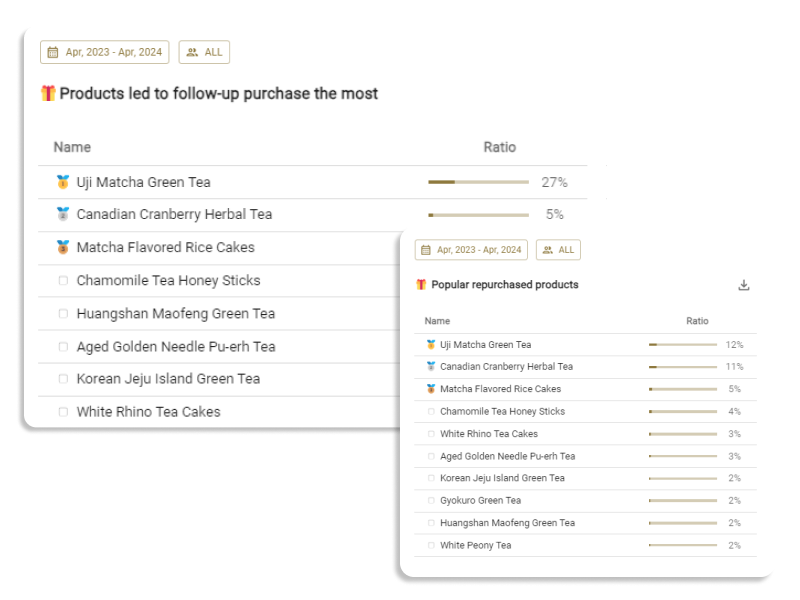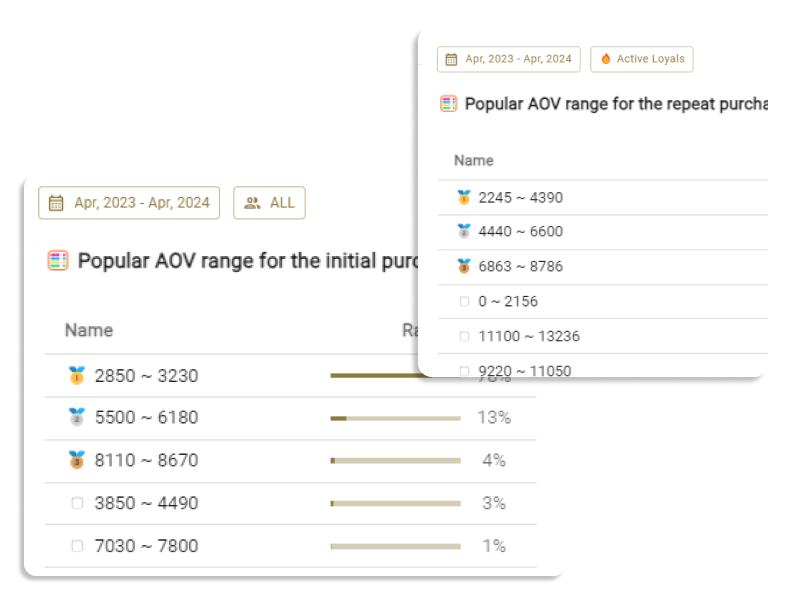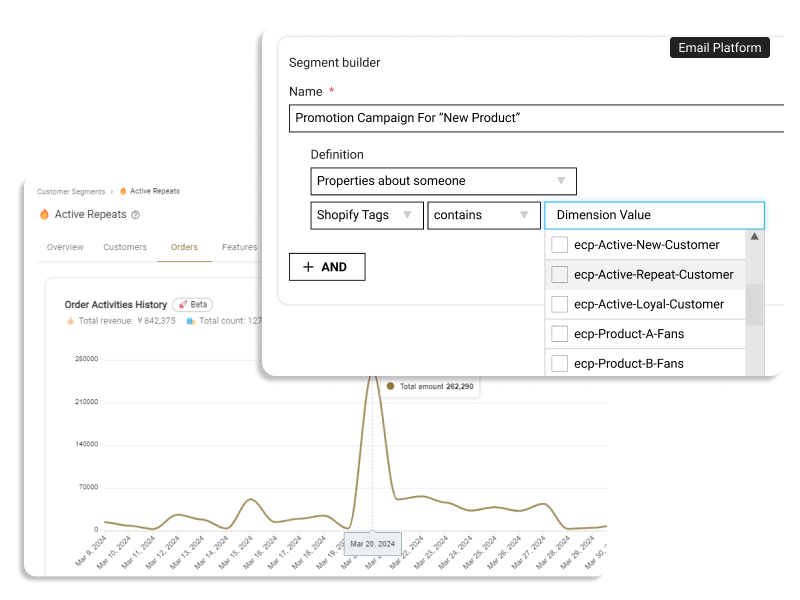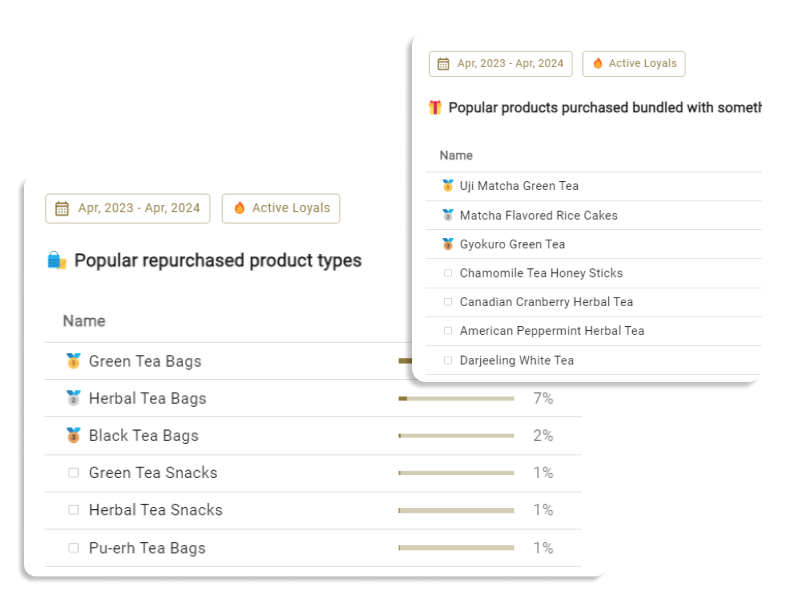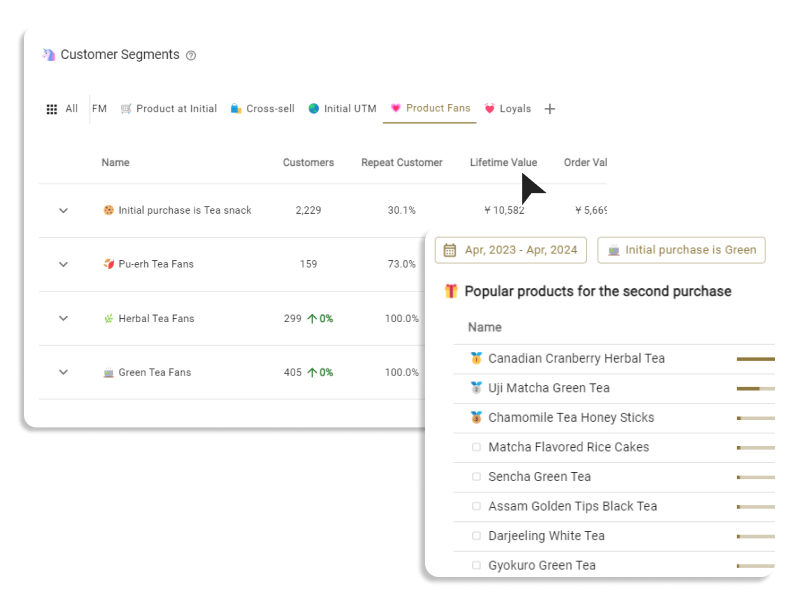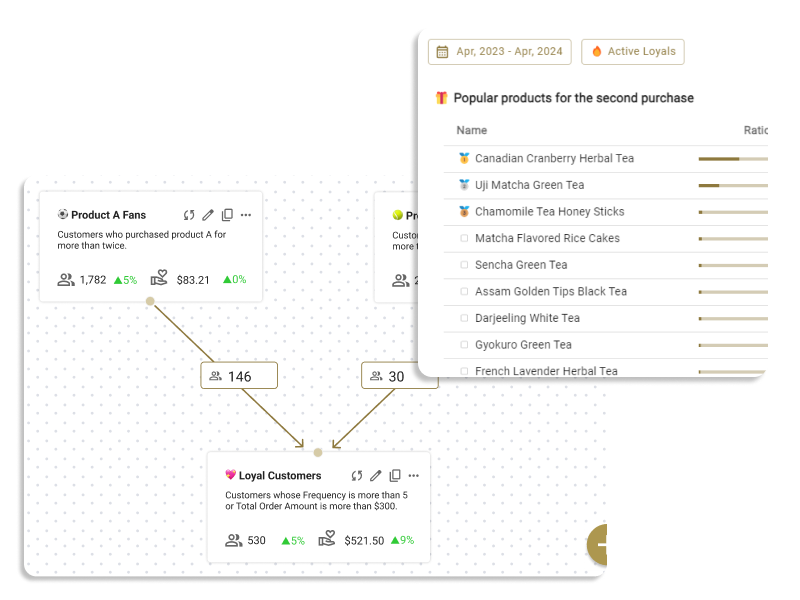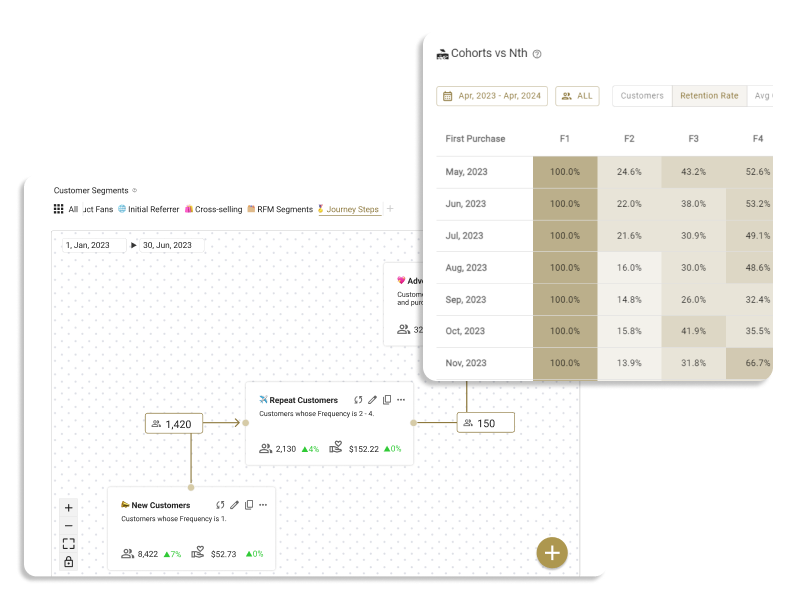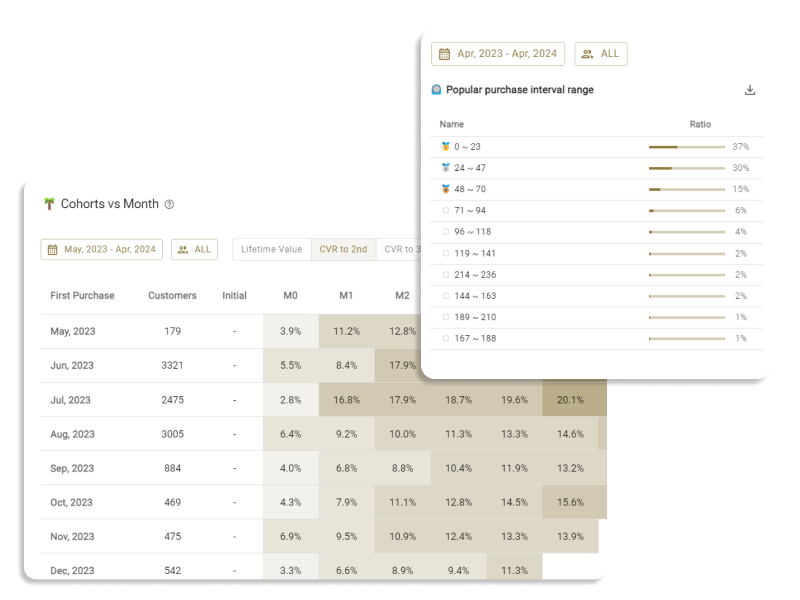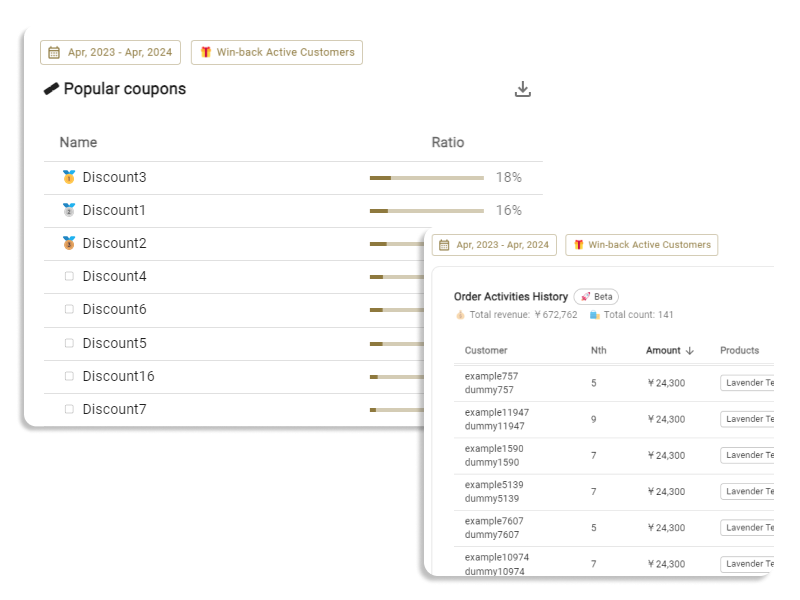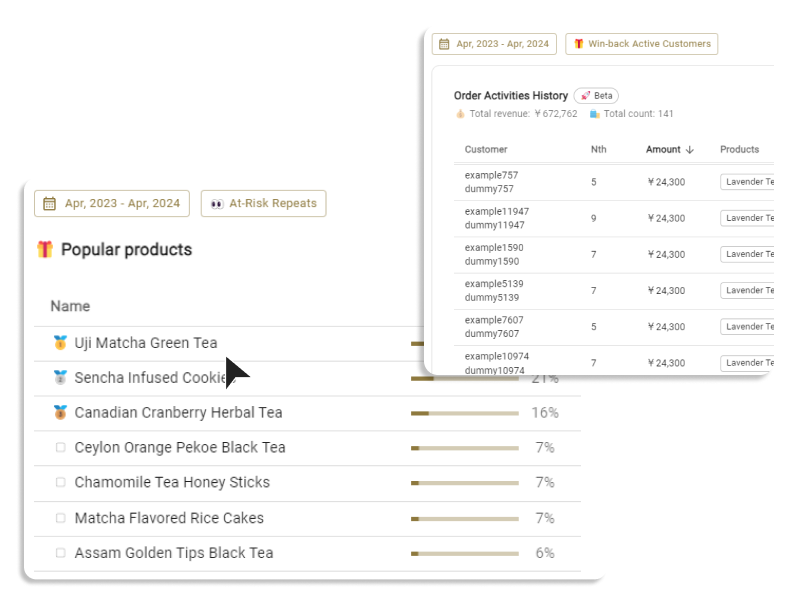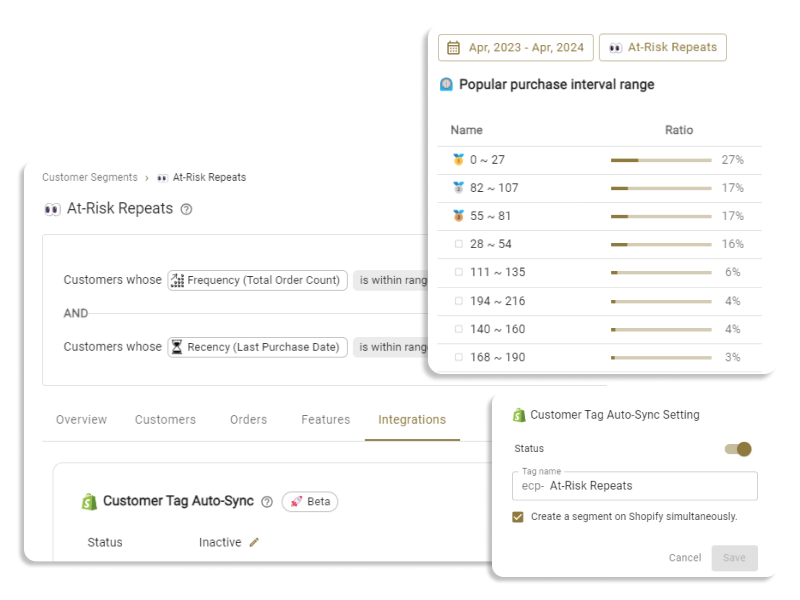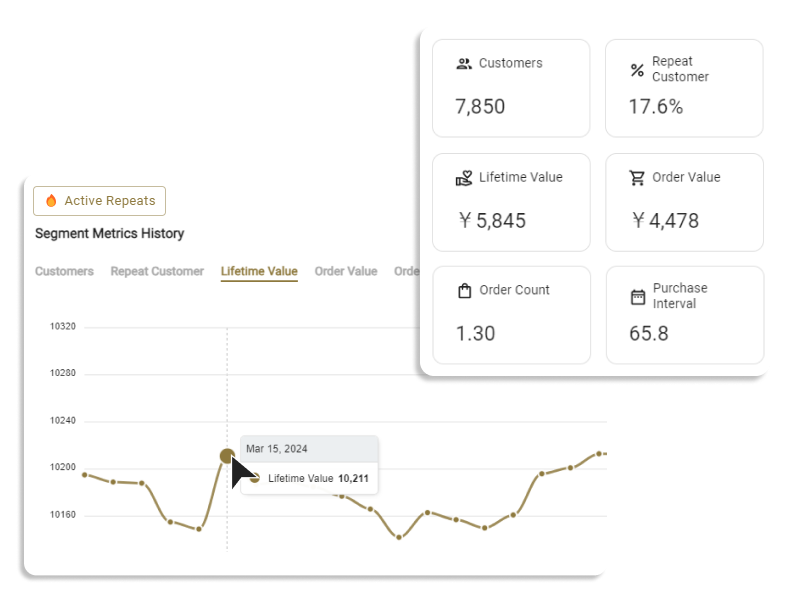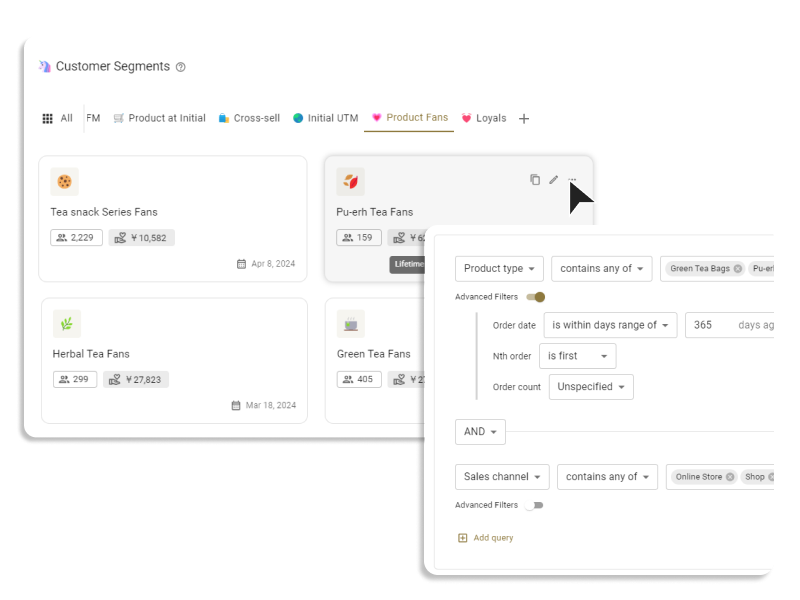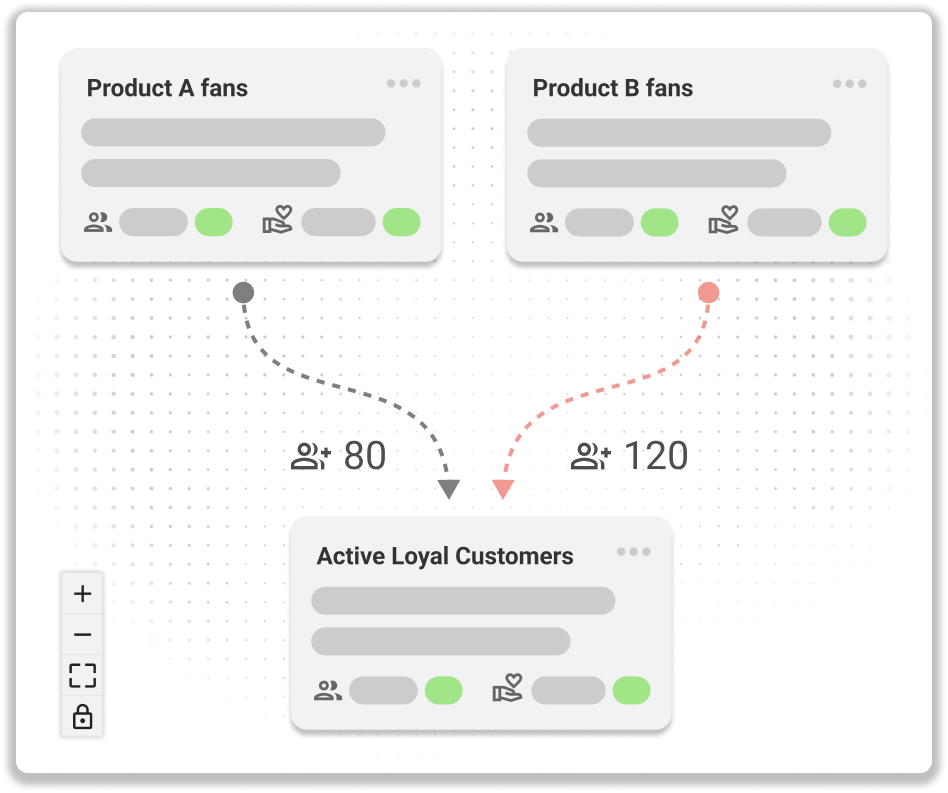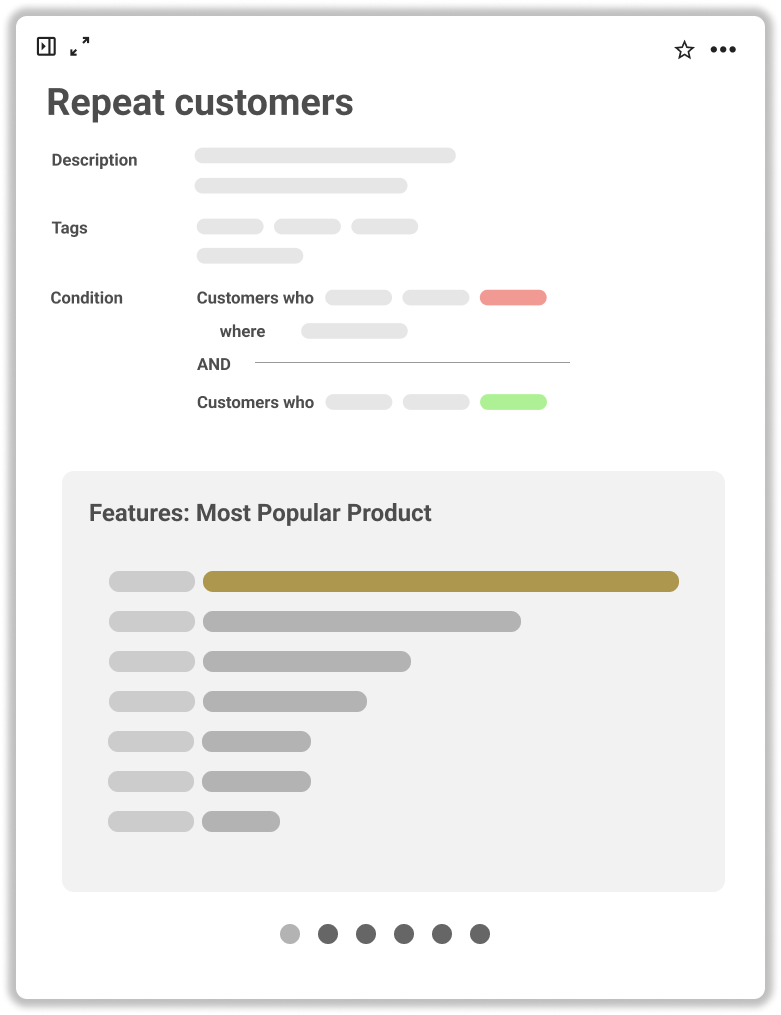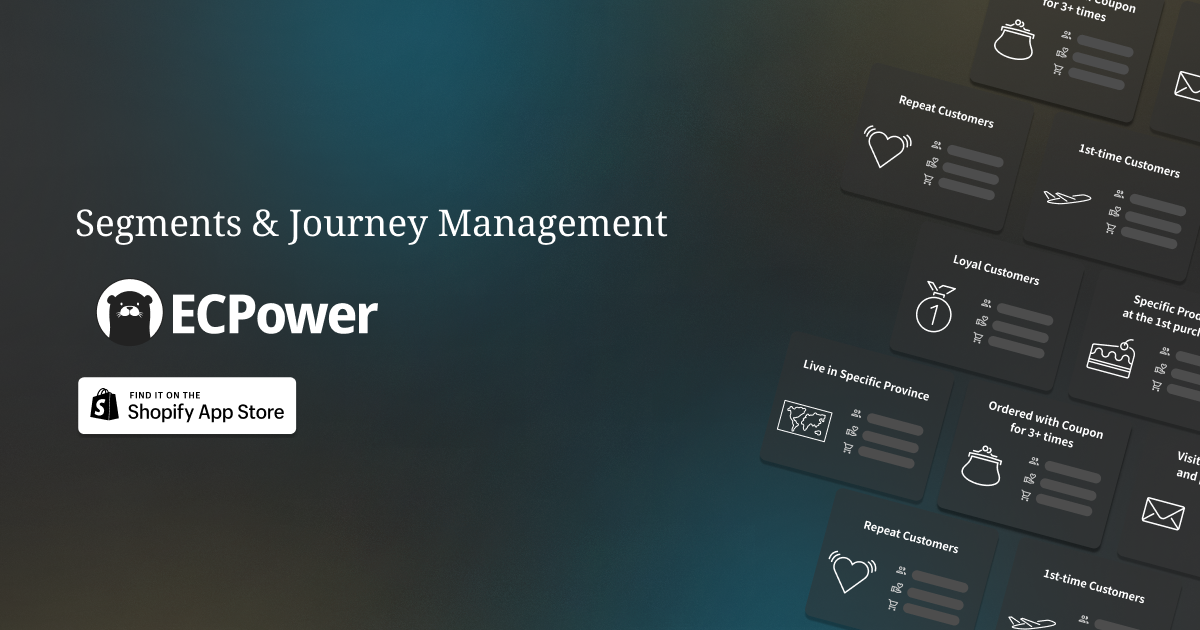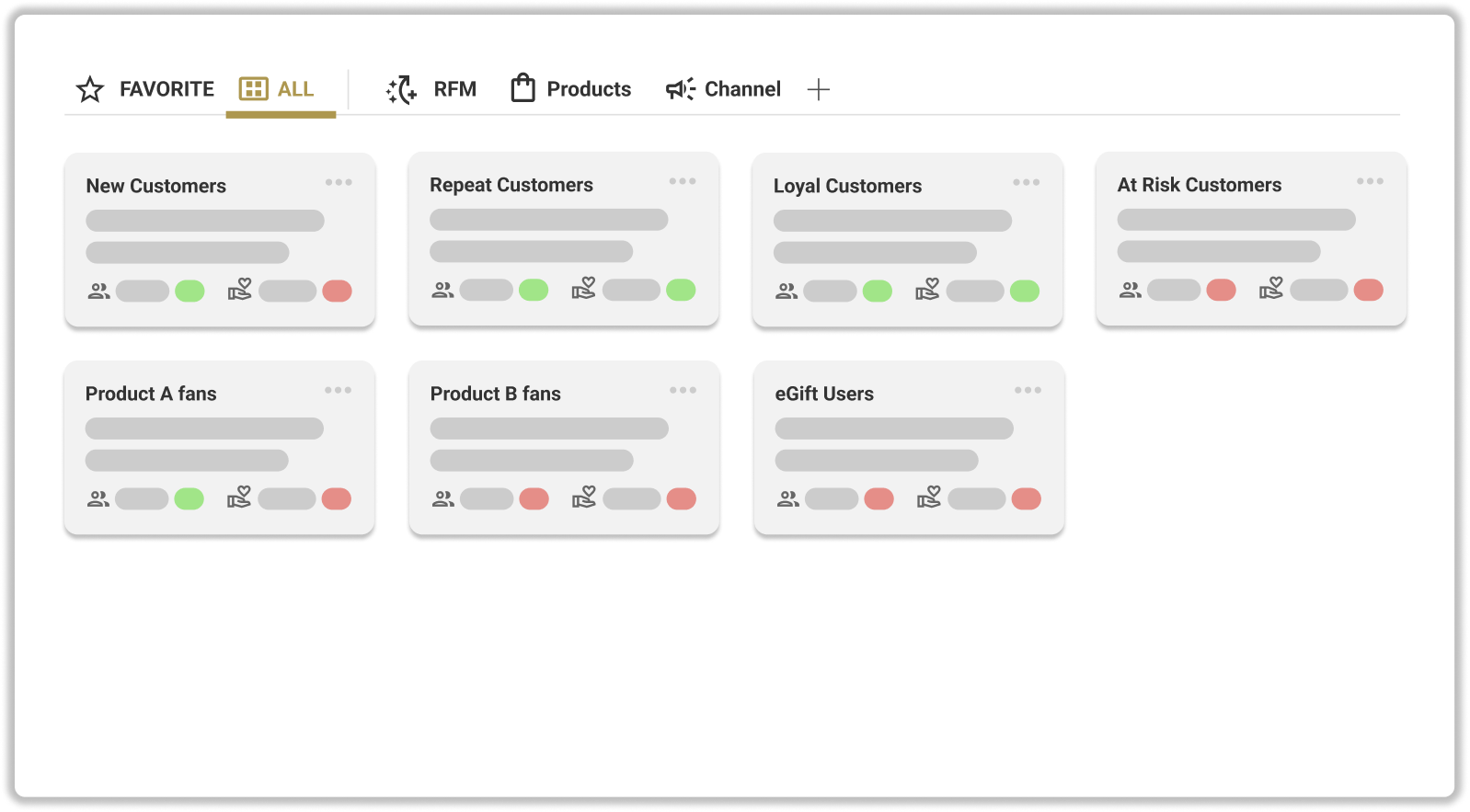Understanding and optimizing the Average Order Value (AOV) within your Shopify store is crucial for maximizing revenue and improving customer relationships. This guide provides insights into what AOV is, its significance, and strategies for tracking and elevating it across different customer segments.
Metric Definition
Definition: The average value of orders per customer. Order value is calculated based on the actual expenses incurred by the customer after all discounts and includes shipping fees and taxes.

It’s important to aggregate this value on a per-customer basis and then calculate the overall average to accurately reflect AOV. This approach differs from simply averaging all order amounts, which might not provide a true representation of individual customer behavior.
For instance, consider Customer A, who places three orders of $30 each, and Customer B, who places one order of $10. The AOV in this scenario is calculated as [(30*3)/3 + (10*1)/1]/2 = $20, rather than (30*3 + 10*1)/4 = $25, underscoring the necessity of calculating AOV on a per-customer basis.
Adopting this definition allows for maintaining the relationship between Average Customer Lifetime Value and AOV, facilitating a deeper understanding of the metrics' interconnectedness.
What's Average Order Value and Why It Matters
AOV is not just a metric; it's a pivotal factor in enhancing the lifetime value of your customers, especially within your targeted segments. By increasing the AOV, you directly contribute to the overall growth of the customer's lifetime value.
Strategies to enhance AOV include cross-selling across various product lines and upselling the same product. Additionally, technical approaches such as adjusting the free shipping threshold can motivate customers to increase their order value, thereby boosting the AOV.
How to Track AOV of Your Segment Overtime
Tracking the AOV of your focused customer segments is essential to measure the effectiveness of your strategies over time. For example, if you implement a cross-selling strategy targeting customers who purchase a specific product, monitoring the AOV's progression is crucial to understanding the impact of your efforts.
However, many tools, including Shopify's admin panel, lack the capability to track the AOV progression within segments. This is where ECPower comes into play, offering the ability to monitor these vital metrics automatically, ensuring you have the insights needed to make informed decisions and adjustments.
Delve into AOV History
From the moment you create a segment, ECPower provides the capability to visually track its AOV history through graphical representations. This feature allows for an intuitive understanding of how the segment has evolved over time.
Should you wish to delve into the segment's metrics prior to its creation, a specialized process is available to reproduce this historical data. For detailed instructions on accessing these retrospective insights, please consult the following guide:


